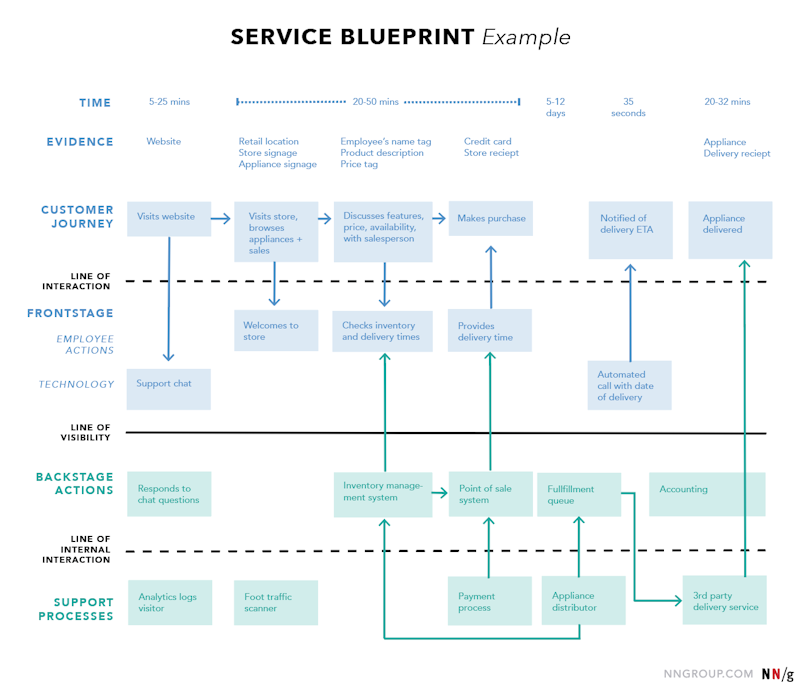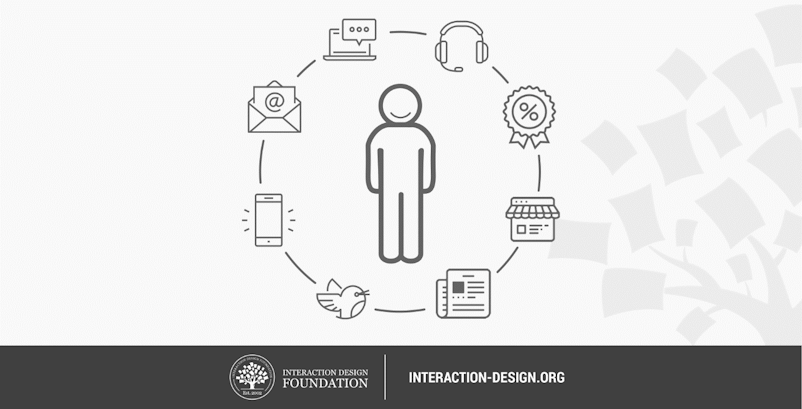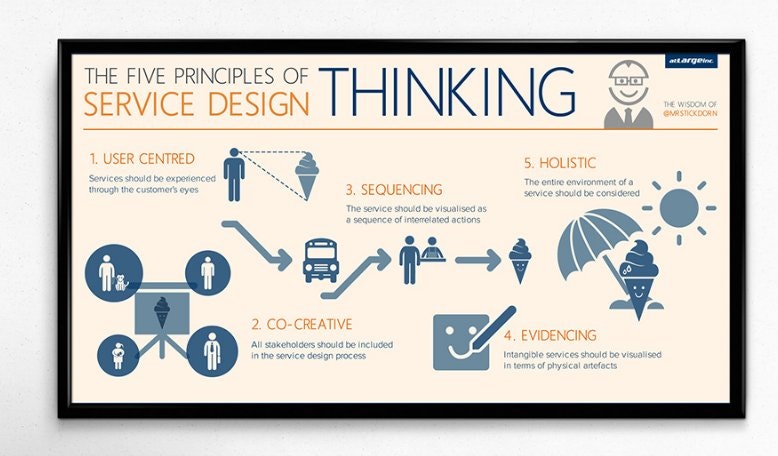A user’s interaction with a service is entangled in a wide array of relationships and dependencies. Their field of activity, their needs, their fears, the context in which they use a particular service are but a few of the things we need to factor in.
In order to provide your customers with a solution that is useful, thoughtful, and holistic, businesses should seek a structured approach that will take this host of factors into account. Fortunately, there’s a practice that dates back to the early '80s called service design (SD) that seems to provide an answer to this conundrum.
In this article, we’ll take a closer look at the benefits, principles, and components of service design and why businesses should seek to incorporate this practice into their company’s workflow.
Let’s dive right in.
So what’s service design?
The idea of service design was coined by Lynn Shostack in 1982. Its primary purpose was to achieve a more in-depth and all-encompassing understanding of the processes behind a service and how they interact with each other, rather than leaving their management to the discretion of individual employees. As a result, SD is a responsibility of the organization as a whole.
Jeneanne M. Rae, the co-founder of Peer Insight, once said that
[Service design is] one of those areas that is a tweener, falling between other departments in a company. It’s never one person’s responsibility, it should be the adhesive substance that holds a service together.
One of the most important goals of this approach is to guide employees, their communication, the infrastructure, and other elements of a service into a meaningful direction. This allows businesses to improve, rethink, or design a new service from scratch. Additionally, an essential byproduct of service design is a comprehensive map of the elements that go into creating a service, which becomes a vital piece of documentation.
Two crucial parts of the SD terminology are “front end” and “back end.” The former is the part of the service that is customer-facing—it’s what a user sees and interacts with. The latter is the facet responsible for the machinery behind what users see. An analogy for the relationship between the two is an iceberg—the front end being the visible part of it, while the back end is the huge mass that is submerged underwater, away from a person’s gaze.

Service design blueprints a lot like a customer journey map, but their focus revolves around the back-end side of events.

Service blueprint example / Source
Why is service design helpful?
The value of service design is rooted in its understanding of the user’s problem. While this almost sounds like a truism, it’s an often-overlooked side of the modern startup culture. By doing extensive research on the ins and outs of a user's environment and how these factors influence their interaction with your service, you’ll be able to ask the right questions and tackle the right challenges.
As a result, this quality of service design allows businesses to:
Optimize their offering by spotting redundancies and conflicts in a particular service;
Locate and eliminate existing and potential bottlenecks;
Ensure a well-thought-out service by providing a solid framework;
Innovate their offering by breaking down a service into its components, enabling teams to identify areas for improvement;
How we create services
Any service encounter must take into account the interaction between the following factors:
Actors: e.g., team members who provide the service;
Props: e.g., objects used during service delivery;
Location: e.g., the environment where the service takes place;
Associates: other organizations involved in providing the service – e.g., logistics;
Processes: e.g., all of the activities, their sequence, and contingencies that go into the service;

A service blueprint is how you document and consolidate all these factors in one place.
The principles of service design
One of the most important books that unveil the depths of service design is called “This is Service Design Thinking.” On page 27, we can find a brief yet all-encompassing description of the principles of the practice:
Service Design is a practical approach to the creation and improvement of the offerings made by organizations. [...] It is a human-centered, collaborative, interdisciplinary, iterative approach which uses research, prototyping, and a set of easily understood activities and visualization tools to create and orchestrate experiences that meet the needs of the business, the user, and other stakeholders.
Let’s take a closer look at these principles:
Human-centered: the framework focus should be oriented towards people (employees, customers, stakeholders, etc.). They are the ultimate actors that maintain and run the service. Their needs should be a priority;
Collaborative: service design should entail as many stakeholders to accurately represent their needs, concerns, and goals;
Iterative: you’re not going to get everything right on the first attempt. You try things and make continuous improvements.
Interdisciplinary: it involves all facets of the development of a service, not exclusively design;
Some other principles indicate that SD should also be:
Sequential: the service design map itself should outline activities in chronological order;
Real: you should minimize the impact of your assumptions by testing things in the real world;
Holistic: the framework is designed to include as many people and other non-human factors as possible;

Conclusion
When a product’s back-end processes are not on point, they will invariably result in front-end consequences like poor service, user frustration, and channel inconsistency. Service design is a vital framework that allows businesses to have a solid foundation that will assist them with creating a customer-centric and value-oriented solution.





